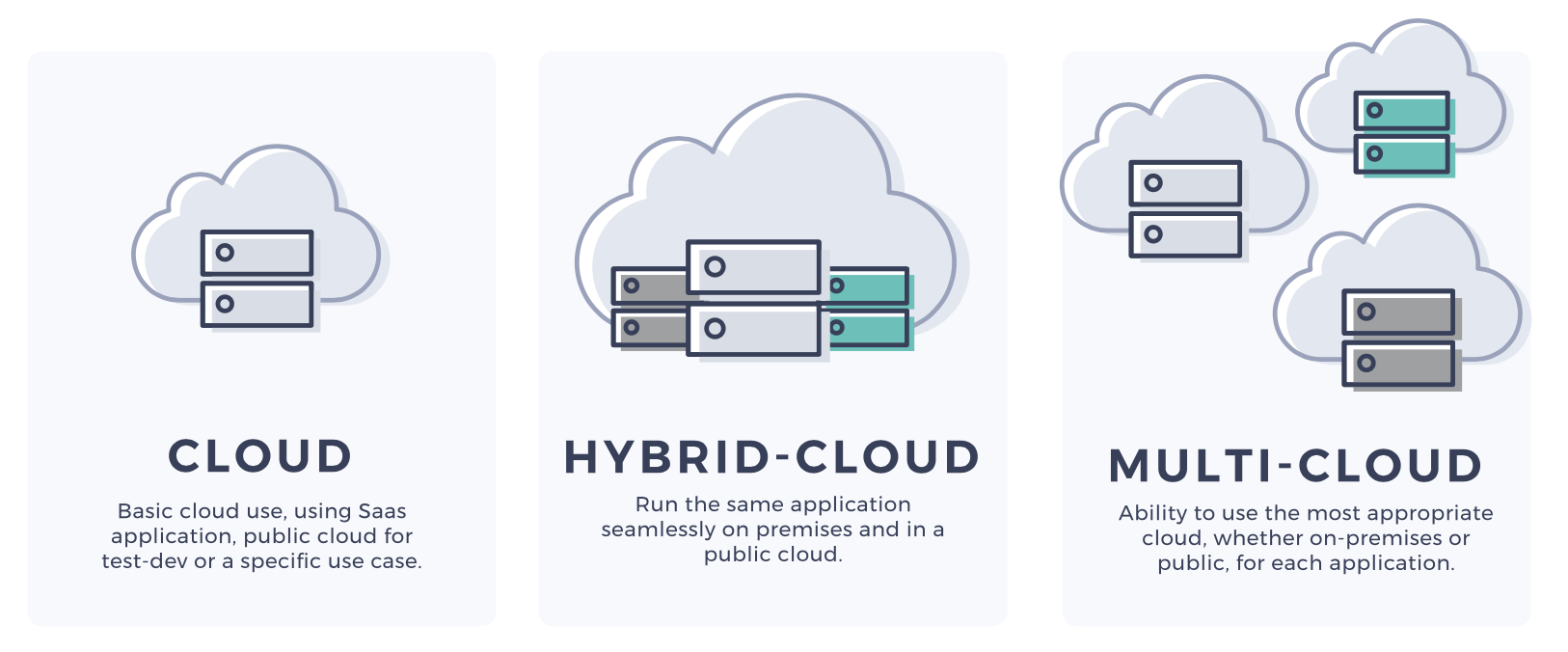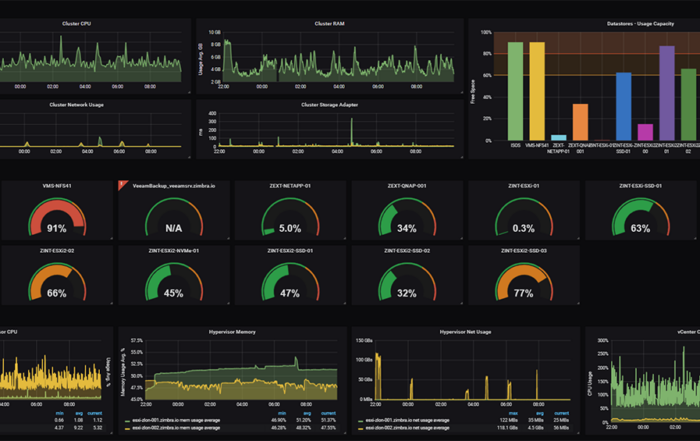
We’re living in an era where the cloud is king. Enterprises are moving away from on-premise infrastructure and embracing the cloud to gain scalability, cost-efficiency, and flexibility. And while the cloud is often seen as a singular concept, the reality is more intricate. Today, many organizations are not just adopting a single cloud provider but are deploying services across multiple cloud platforms, otherwise known as multi-cloud strategies.
A multi-cloud approach offers a plethora of advantages, from avoiding vendor lock-in to optimizing each workload for the best cloud environment. However, it also brings its own set of challenges. Let’s dive into these complexities and discuss ways to overcome them.
The Multi-cloud Conundrum
When you integrate multiple clouds, whether they’re public, private, or a mix, you’ll naturally face a myriad of potential pitfalls. These challenges can range from integration hitches to security concerns. The trick is in understanding these obstacles to implement effective solutions.
1. Complexity in Management and Operations
Operating in a multi-cloud environment means that you’re dealing with various platforms, each with its own nuances, tools, and interfaces. This creates an inherent complexity in both management and operations.
Solution: Embrace unified management tools that offer a ‘single pane of glass’ view of all your cloud resources. Services like Cloud Management Platforms (CMPs) can provide a consistent interface and help in automating operations across multiple clouds.
2. Data Transfer and Interoperability Issues
Different clouds have different data storage formats and APIs. Transferring data between them can be cumbersome and sometimes costly.
Solution: Opt for cloud-agnostic tools and services when designing your architecture. Containerization, for instance, using technologies like Docker and Kubernetes, ensures that applications remain consistent across various environments. Additionally, leverage cloud-neutral storage formats and open-source tools that foster interoperability.
3. Cost Management and Optimization
With multiple clouds come multiple billing systems and cost structures. This can make budgeting and cost optimization challenging.
Solution: Use comprehensive cost management tools that consolidate billing information from all cloud providers. Regularly audit cloud usage, set up budget alerts, and prioritize right-sizing of resources.
4. Consistent Security and Compliance
Ensuring consistent security postures and compliance across multiple clouds can be daunting, given that each cloud provider has its own set of security tools and controls.
Solution: Centralize your security policies and procedures. Utilize multi-cloud security platforms that can monitor and enforce security across different clouds. Adopt a strong identity and access management (IAM) strategy and consider zero-trust models that focus on strict identity verification.
5. Networking and Connectivity
Networking in a multi-cloud environment is not just about ensuring connectivity. It’s about maintaining speed, reliability, and security in that connectivity.
Solution: Invest in dedicated interconnects offered by cloud providers. Explore software-defined networking (SDN) solutions that can provide flexible, controlled, and secure networking across clouds.
Best Practices to Thrive in a Multi-cloud World
Knowing the challenges is only half the battle. To truly excel in multi-cloud environments, consider the following best practices:
- Strategic Planning: Don’t just adopt multi-cloud because it’s a trend. Ensure that it aligns with your business goals and objectives. Understand why you’re opting for multiple clouds and which workloads are best suited for which environment.
- Continuous Learning: The cloud realm is ever-evolving. Ensure that your team stays updated with the latest from each cloud provider, so you can leverage the best features and services.
- Automation and DevOps: Automation is a lifesaver in multi-cloud environments. From deployment to scaling to recovery, automate wherever possible. Adopting a DevOps culture can further streamline operations.
- Stay Flexible: One of the core strengths of a multi-cloud strategy is flexibility. Keep reassessing your deployments, and be ready to shift workloads if it provides better efficiency, cost, or performance.
- Collaborate with Providers: Engage with your cloud providers. Use their expertise, attend their training sessions, and take advantage of their resources.
Conclusion
While multi-cloud environments pose certain challenges, with a calculated approach and an eye for detail, these hurdles can be effectively managed. The key is to stay informed, adopt the right tools, and ensure that every decision is aligned with the broader business goals.
In the grand scheme of things, a multi-cloud strategy offers organizations the power of choice and flexibility. By navigating its challenges with aplomb, businesses can unlock unprecedented avenues for innovation and growth.





